|
Nicotine Poisoning in Pets
Everyone knows the Surgeon General’s warning about cigarette smoking but what about cigarette eating? Nicotine poisoning is a real concern anywhere that a pet may find cigarettes, cigarette butts, chewing tobacco, or even nicotine gum, patches, or e-cigarettes. Dogs, particularly puppies, tend to chew things up first and ask questions later. Cats may find a cigarette butt to be a nicely sized pouncing toy worthy of chewing.
Electronic cigarettes, often called e-cigs, are marketed as an alternative to cigarette smoking. They are also referred to as personal vaporizers or electronic nicotine delivery systems. These devices are a cylindrical body that holds a cartridge containing a liquid solution; some resemble a tobacco cigarette. The solution, termed “e-liquid” or “e-juice,” contains a base material, flavoring compounds, and nicotine. The base material is generally propylene glycol and either vegetable glycerin or polyethylene glycol. The nicotine levels in these e-liquids can vary in concentration from being completely nicotine-free up to 36 milligrams per milliliter (mg/mL).
An e-cig with a full cartridge can contain up to 36 mg of nicotine, which doesn’t sound like a lot until you factor in how toxic nicotine is. Clinical signs of nicotine poisoning can be seen in dogs and cats exposed to a mere 0.5 mg per pound of body weight. For cats and small dogs, ingesting 20 mg of nicotine can be lethal. Even more dangerous are the bottles of e-liquid that are used to recharge the e-cig cartridge: the nicotine in these bottles can range from 10 mL to 60 mL or more. So, a 30-mL bottle of 36 mg/mL e-liquid will contain 1080 mg of nicotine, more than enough to prove fatal for even a very large dog if the contents are ingested.
Nicotine is readily absorbed by ingestion as well as through the skin. Pets may be exposed when they chew up the e-cigs or the bottles containing e-juice, or even when they walk through puddles of spilled e-juice and get it on their paws. The signs of nicotine poisoning may begin within 15 to 30 minutes of exposure to the e-liquid; in contrast, signs of nicotine poisoning following eating tobacco products may take a few hours but may be as quick as one hour post-ingestion.
Tremors
•Constricted pupils
•Excessive drooling/hypersalivation
•Agitation or restlessness
•Disorientation
•Excitement
•Vomiting and diarrhea
•Twitching
•Increased heart rate
•Increased respiratory rate
•Increased blood pressure
Symptoms include:
Further progression of signs may result in profound weakness, paralysis, abnormal heart rhythms (including cardiac arrest), hypotension, coma, and death.
Prompt and aggressive veterinary care is required to successfully manage poisoning from e-juice exposure. Because the e-juice is rapidly absorbed across the mucous membranes of the mouth, standard decontamination measures such as inducing vomiting are usually not helpful. Treatment includes managing convulsions and seizures, treating heart and blood pressure abnormalities, ensuring adequate respiration, and providing intravenous fluids to enhance nicotine elimination. If the pet survives the first four hours, prognosis is felt to be good. After 16 hours, the nicotine ingested should be gone from the body. Bloodwork should be monitored for liver damage.
The prognosis for patients exposed to large amounts of nicotine can be quite grave depending on how quickly veterinary care is obtained, and even with aggressive veterinary care some patients will not survive.
DANGEROUS FOODS FOR DOGS10 Veggies & Fruits That Are Harmful to Dogs We love to share food with our dogs, and since fruits and vegetables are healthy for us, we often assume that they’re healthy for our pets, too. This is often the case, but that certainly doesn’t mean it’s always the case. In fact, there are some fruits and vegetables that are toxic to our dogs. So if you plan on sharing some snacks with your pup, make sure you don’t feed him or her anything you find on this list! #1 – Grapes & Raisins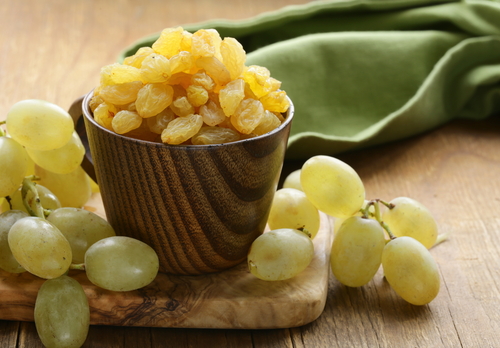
The fact that grapes and raisins are toxic to dogs is becoming common knowledge among pet owners, and for good reason! They are toxic. While some dogs can consume grapes and/or raisins with no symptoms, it’s simply just not worth the risk. This is because consuming grapes or raisins can actually lead to irreversible kidney damage. So it’s best to make sure these are far out of reach of your pup. #2 – Onions & Garlic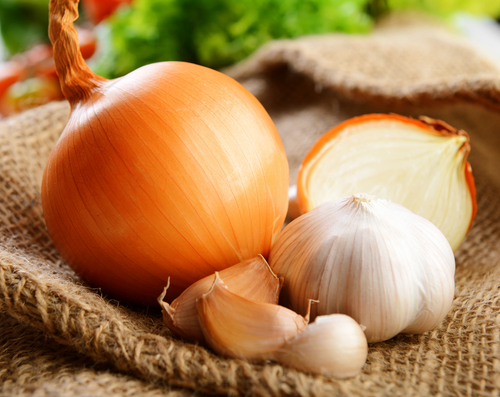
While some argue there are benefits to feeding our dogs garlic, the Pet Poison Helpline warns that garlic is actually considered to be even more toxic than onions. Either way, both vegetables can cause serious problems in our dogs. Symptoms of onion or garlic toxicity include lethargy, elevated heart and respiratory rates, pale gums, and even collapse. POPULAR: The Scary Truth About Your Dog's Bad Breath#3 – Cherries
There are many types of cherries, all of which are pretty popular snack foods. It’s no wonder why – they’re delicious! While the pulp of the fruit is safe for dogs to eat, the plant and pit are moderately toxic to our dogs, and can result in respiratory failure and death. In fact, the plants and pits contain cyanide, so it’s no surprise that they are toxic. Be sure to keep your dog away from cherry plants, and feed only the pulp if you’re going to share with your pooch.
#4 – Mushrooms
While only a small amount of mushroom species are toxic to our dogs, it’s important to make sure you aren’t feeding the wrong ones if you ever share them with your dog. If you’re unable to identify a mushroom species quickly, it’s imperative that you take your dog to the veterinarian immediately after consumption. Mushroom toxicity is known to be fatal in dogs, resulting from seizures, tremors, and organ failure. #5 – Currants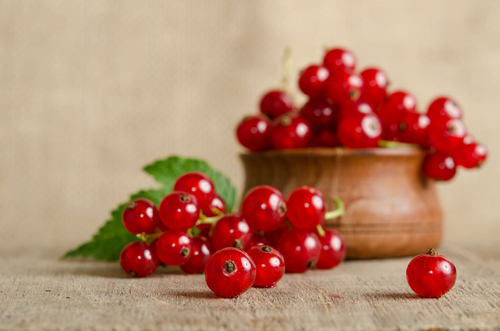
While you might be familiar with grapes and raisins being dangerously toxic to dogs, currants might catch you by surprise. But currants carry the same level of severe toxicity that grapes and raisins do. Even if you don’t notice sudden vomiting and diarrhea after your dog consumes currants, take your dog to the veterinarian. Just like the other small fruit, currants can cause severe renal failure. #6 – Raw & Green Potatoes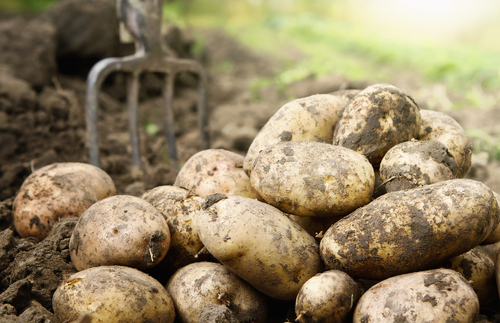
This might seem surprising, considering potatoes are often found in quality dog foods. But unripe, green, and raw potatoes are toxic to our dogs. In fact, consuming any of these varieties are toxic to humans as well! Symptoms of potato toxicity in dogs include nausea, vomiting, seizures and heart irregularities. #7 – Apricot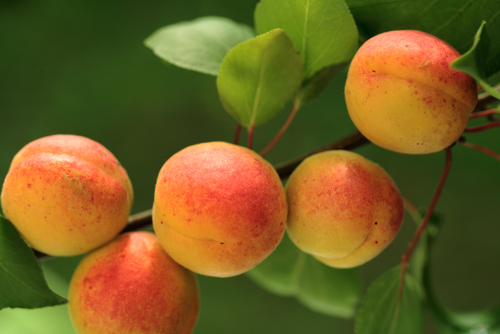
Like cherries, the seeds, leaves and stems of apricot plants are toxic to dogs. While they are able to consume the pulp of the fruit with no ill effects, caution should be taken if your dog has access to any other parts of the plant. These plants also contain cyanide, and can result in respiratory failure and death.
#8 – Rhubarb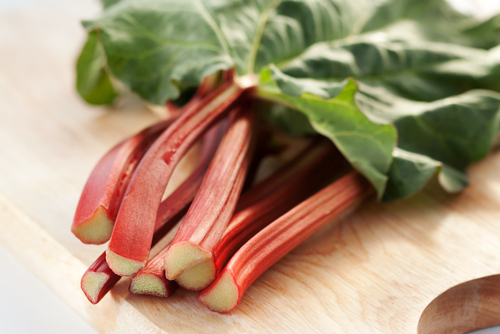
Although this vegetable can make a delicious pie for humans, it should never be given to our canine friends. The leaves and stems of rhubarb depletes the calcium levels in our dogs’ bodies. This can result in renal failure as well as other medical problems. #9 – Apple Seeds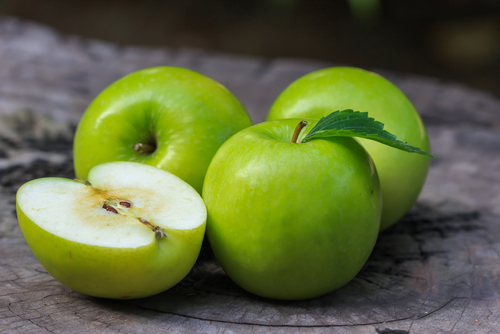
Another fruit that is generally safe for dogs, apples should be fed with care. Apple seeds contain cyanide, and are very toxic to our dogs. While dogs typically have to eat quite a bit of apple seeds in order to suffer the effects, it’s not unheard of. Many dogs will eat just about anything! So if you notice your pup has gotten into your produce basket, make sure he hasn’t consumed too many apples. If you feed them as a snack, better to be safe than sorry and avoid feeding the core. #10 – Tomato Plants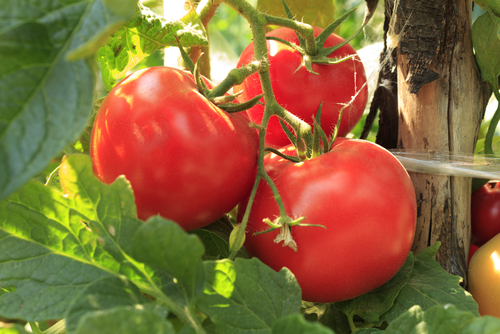
While the actual red tomato can be beneficial to our dogs, the plant itself is quite toxic. The stems and leaves of the tomato plant, as well as the unripened fruit, can cause gastrointestinal upset in our dogs. While your pooch will need to consume quite a bit of the plant to be dangerous affected, it’s best to make sure your pup can’t get into your garden and eat these plants. RELATED: This fridge magnet could save your dog’s life! 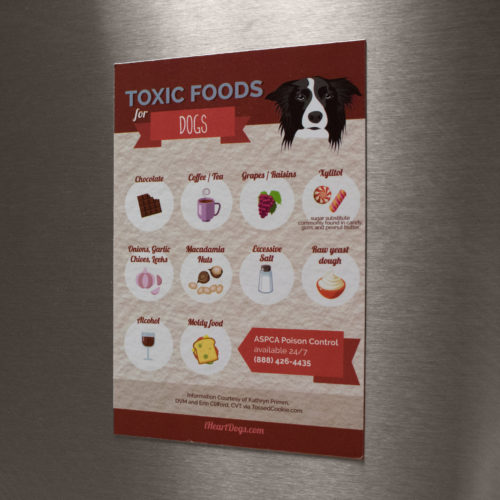
DANGEROUS PLANTS FOR DOGS
http://www.schlossfelsenkennels.com/dangerous_products.pdf
https://www.ccspca.com/blog-spca/education/poisonous-plants-for-dogs/
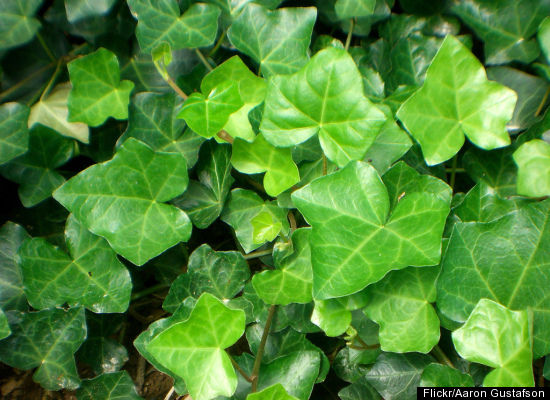
English Ivy English Ivy is a vine plant grown both indoors and outdoors for decorative purposes. It is poisonous to humans, pets, and livestock when ingested. Symptoms include breathing difficulties, convulsions, vomiting, and in extreme cases, paralysis and coma.
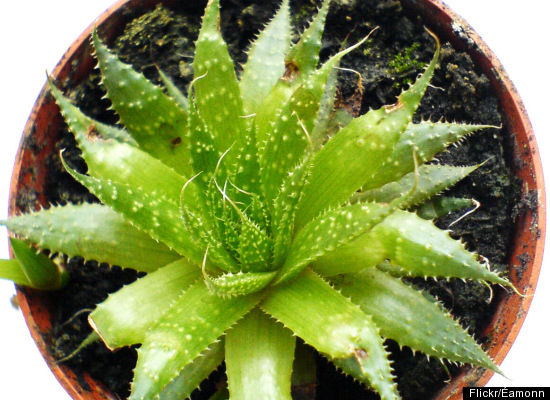
Aloe Vera Aloe has long been a popular household plant due to its many medicinal properties, including its ability to aid with burns, cuts, and skin problems. While the gel inside the plant is known for these properties, the skin and and other inner layers can irritate human skin on contact and irritate intestines upon ingestion. Make sure the plant's skin and subsequent yellow layer of latex are adequately cut away from the aloe gel before using. The plant is mildly toxic to pets if ingested, but is okay for topical uses (many dog shampoos utilize aloe gel).

Hydrangea Eating the flower buds of a hydrangea can cause stomach pains, vomiting, diarrhea, heavy breathing, lethargy, and can even lead to a coma. This plant can also be poisonous to pets if ingested.
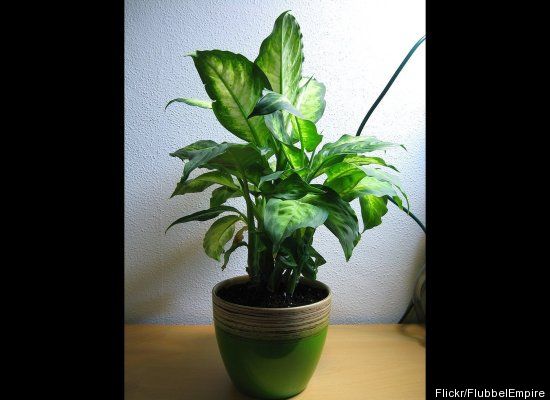
Dieffenbachia Dieffenbachia is a popular house plant for its low light requirements. The plant is highly toxic however, and native Amazonian people have long used juice from the plant in a preparation to poison arrows. Among other symptoms, if ingested the plant can cause severe burning in the mouth and swelling of the tongue, which may obstruct breathing if severe enough. In serious cases, the plant can be fatal for both humans and pets.

Philodendron Philodendrons are a favorite among house plants. They are poisonous to both humans and pets, and ingesting them will result in painful burning and swelling of the lips, tongue and throat. They can also cause vomiting and diarrhea.

Iris Irises are poisonous to both people and pets. If eaten, they can cause nausea, vomiting, stomach pain, diarrhea, and fever.

Azalea Azaleas and other rhododendrons are low toxicity plants for both pets and humans.
 Daffodils Daffodil is a name commonly applied to all varieties of Narcissus flowers. Daffodils are highly toxic, especially if the bulb is ingested. They can cause intense stomach problems, resulting in vomiting and diarrhea. When eaten, they can also cause high blood pressure, tremors, and irregular heartbeat. In some cases, ingestion of the bulbs can even be fatal. Daffodils are toxic to both humans and pets.
|
























